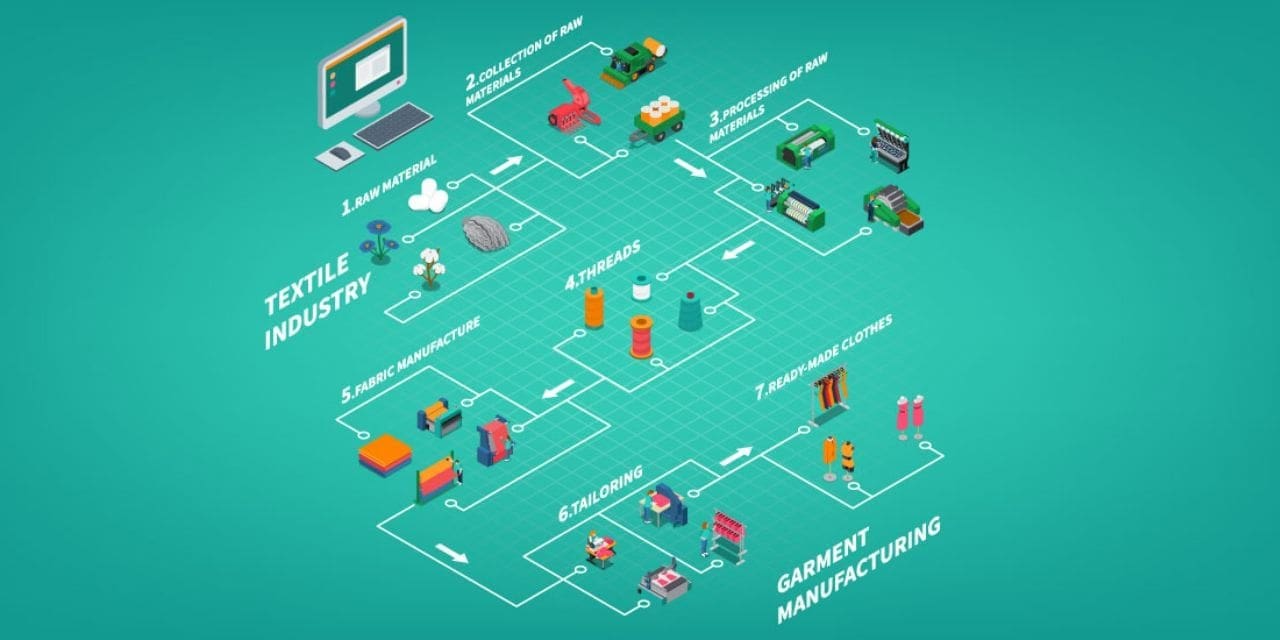Return on assets is a financial term that shows the percentage of profitability of a company relative to the company’s overall resources. It is defined as the net income of a company divided by total assets. Net income can be taken from the income statement of the company, a profit after tax deduction. The assets are read from the balance sheet. It includes cash and cash equivalent items such as receivables, inventories, land, capital equipment as depreciated, and the value of intellectual property. ROA can be found using the return on assets formula but the quick way to find it is using Return on Assets Calculator. It is an online tool powered by calculatored a website that has calculators for finding different formulas.
Return on assets is a measure of a company’s ability to generate profit from its assets. In the textile industry, various factors influence ROA. Here are some key factors in the textile industry.
1. Operational efficiency
Assets produce a positive impact on ROA such as machinery and equipment and its effective utilization produces profit for the company. Companies that optimize the production process and reduce waste are likely to achieve higher returns.
2. Inventory Management
The textile industry involves a significant inventory. Inventory includes raw materials in process, component or finished parts, and finished items held in storage waiting for sale or manufacture. Inventory control entails the proper calculation and data of all types of raw materials, spares, and completed goods in the store at any time. Effective management is critical in increasing the ROA factor in the textile industry. Inventory control makes sure that capital is not tied up unnecessarily which leaves a positive impact on ROA. The question is How To Calculate Return On Assets,it is easy either apply a formula or use the Return on Assets Calculator
3. Asset turnover
Company sales or revenue to assets is defined as asset turnover of a company. It is a measure of how a corporation deploys its assets to generate income for the company.
A higher asset turnover indicates that a company generates more revenue per dollar of assets. A quick turnover of raw materials and finished goods in the textile industry improves ROA.
4. Capacity utilization
A proper utilization of production capacity increases the ROA factor. Underutilization of capacity results in lower ROA. However, overutilization leads to higher maintenance costs and reduces efficiency. The capacity utilization rate quantifies the proportion of an organization’s potential output that is actually realized. A company’s or a country’s capacity utilization rate can be analyzed to provide insight into how effectively it is reaching its potential.
5. Quality Assets
Efficiency and productivity of a business depend on the quality and condition of machinery and facilities. Regular maintenance and upgrades can help to improve ROA by assuring optimal asset performance and lifetime.
6. Debt Management
Debt is an obligation placed on one person, the debtor, to repay money borrowed or withheld from another party, the creditor. A nation or country, a municipal government, a firm, or an individual may owe debt.
The debt level of a company affects ROA. Interest payments may diminish net profits if a textile company is overly utilized, impacting the return on assets. Companies with effective debt management methods typically have higher ROA.
Conclusion
Analyzing these variables and their interactions reveals information about a textile company’s potential to create revenues from its assets. In the textile sector, effective management and strategic decision-making can contribute to a higher return on assets. Company ROA can be found using Return on Assets Calculator which is a return on assets calculator online tool. Finding ROA is an indication that a company is profiting or in loss.

